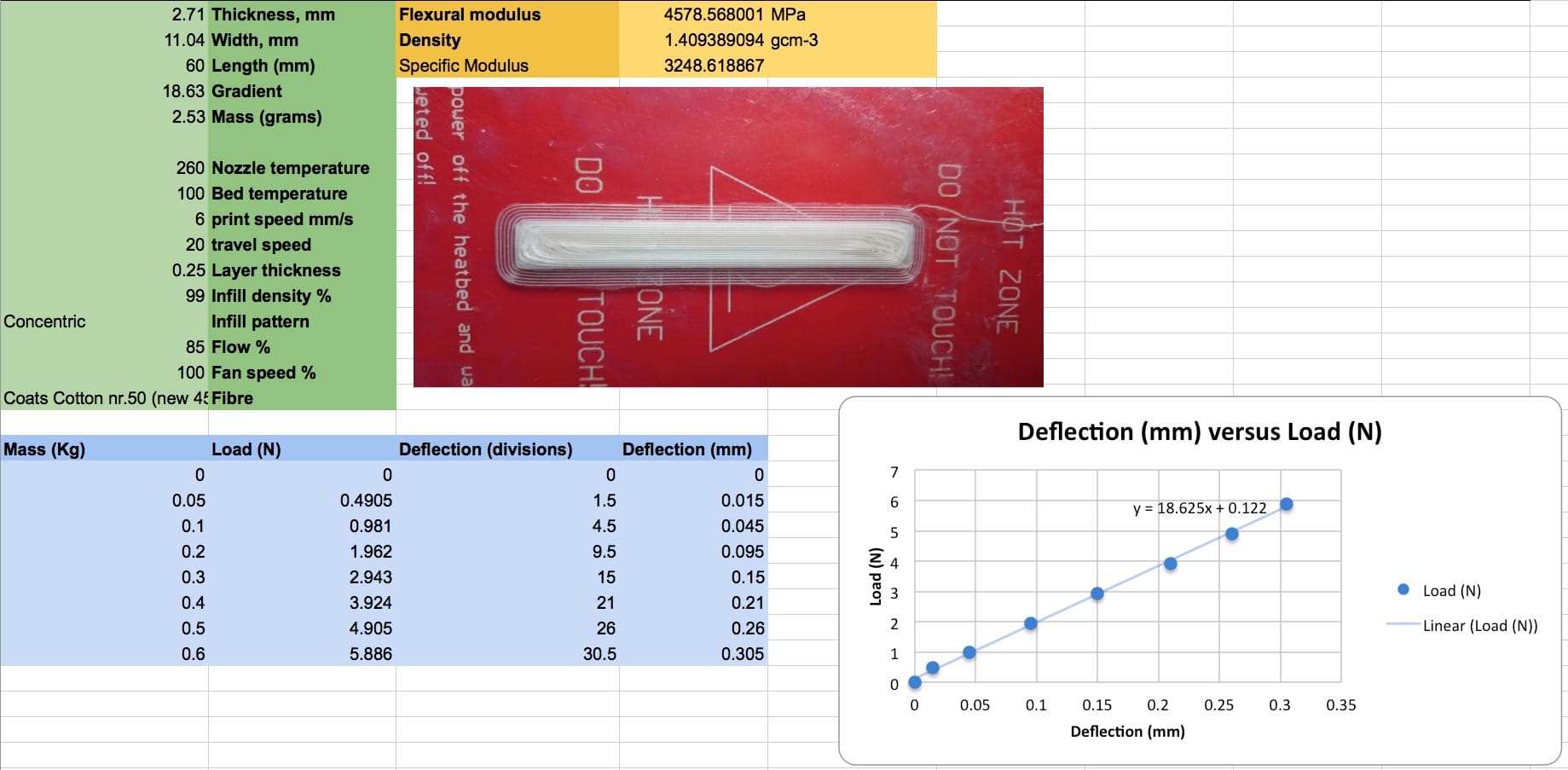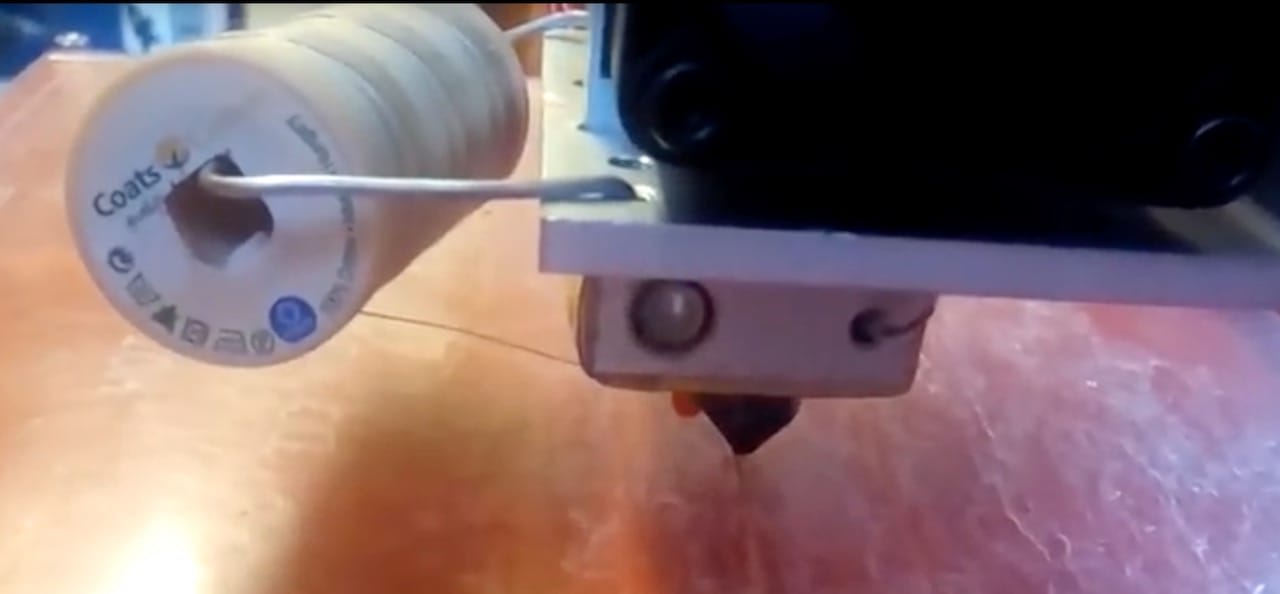
I’m reading through an experiment by Instructables’ Charlie Godfrey, where he’s managed to 3D print composite materials on a desktop 3D printer.
Typical desktop 3D printers use the extrusion process to squirt out thin lines of soft thermoplastic into shapes. But the 3D printed objects are only as strong as the input material, which typically is PLA, ABS or PETG.
Much more advanced 3D printers, such as those from Markforged or Stratasys’ experimental demonstrators use composite materials that can dramatically increase the strength of a 3D printed item.
Markforged’s solution in particular allows strands of carbon fiber to be added to a nylon 3D print, making the resulting part much stronger. Their software allows the designer to determine exactly how the carbon fiber will be embedded into the print.
But Markforged’s machines (and materials) are financially out of reach of almost all desktop 3D printer operators, with price tags in the tens of thousands and up.
Meanwhile, Godfrey has performed a very interesting proof of concept test using cotton as a bio material to reinforce a nylon 3D print.
Basically, through a series of iterations he was able to develop a unique nozzle through which a cotton thread could be added to the extrusion line.
A small spool of cotton is mounted adjacent to the hot end, where the flow of plastic draws out the cotton thread. In this way you can 3D print an object that includes a reinforcing thread throughout all the extrusions.

Godfrey has done a number of experiments using this technique and has found that the strength of objects does increase, even though you might think that cotton is not a particularly strong material. Just think of fiberglass, where resin is mixed with fibers to produce a very strong composite material. That’s what’s going on here.
Godfrey found that he had to make some changes to print settings to ensure success. Most notably, he had to dramatically slow down the print speed to a glacial-like 6mm/second. He also had to crank down the plastic volume by 80% to account for the introduction of the cotton thread into the extrusion.
He’s also tried copper thread, but was unsuccessful. However, this technique deserves more investigation, as it is clear that it could be quite valuable if refined. Yes, this is certainly an experiment: one of Godfrey’s early experiments literally uses duct tape to attach the thread spool!
One question I have is how discontiguous 3D printing is enabled. If, for example, you are 3D printing two adjacent but separate pillars, how does the travel move go from one pillar to the other on each layer? Would you unroll the thread? If not, would you pull it out of the first pillar when the nozzle moves? Or is there some way to “cut” the thread in a manner similar to retraction?
While there are certainly challenges in this approach, I suspect they are all solvable.
Will someone develop a desktop 3D composite printer? It now seems possible.
Via Instructables

